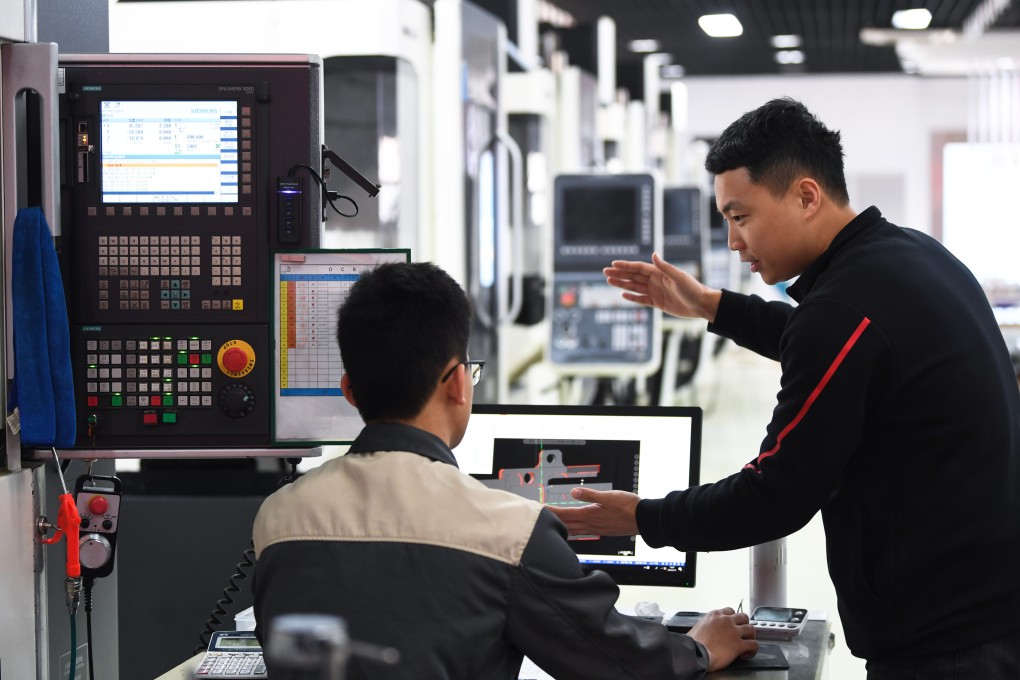China steps in with vocational school overhaul and 11 ‘key tasks’ to help boost self-sufficiency and tech prowess
- Regional pilot programmes will be set up, and progress will be closely monitored to ensure local authorities are doing enough to bolster the hi-tech talent pool
- But education researcher warns that plans are at risk of being put secondary to short-term and superficial political achievements

Education authorities say a nationwide revamp is needed in the way China supports and grows its occupational training system – especially in strategic industries – as a shortfall of skilled engineers and blue-collar workers is curbing the nation’s industrial upgrades and economic aspirations.
To that end, education overseers have issued a list with 11 “key tasks” for local-level authorities to use as basically an occupational-training road map – and their progress will be carefully monitored each year.
In the short to medium-term, local governments have been tasked with bridging occupational schools with industrial companies and research institutions to better accommodate market needs, according to Monday’s online statement by the Ministry of Education.
“The ministry will set up regional pilot programmes in five areas, including advanced rail-transit equipment, aerospace equipment, shipbuilding and marine engineering equipment, new materials, and the weapons industry,” the ministry said.
The notice repeatedly mentions a number of goals for 2025, but the plan appears to be more of an open-ended and progressive undertaking with incremental milestones.